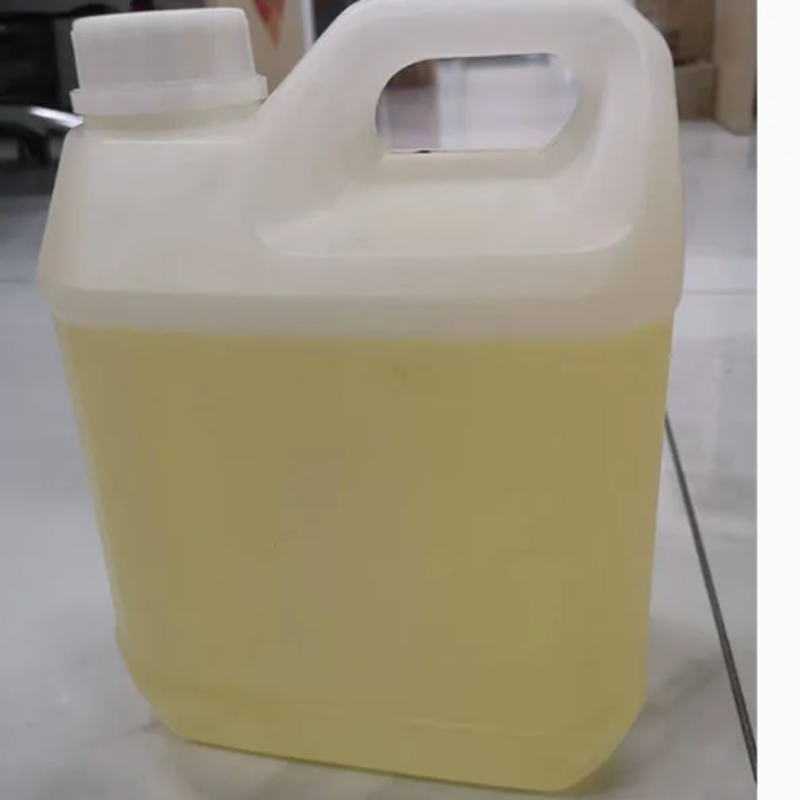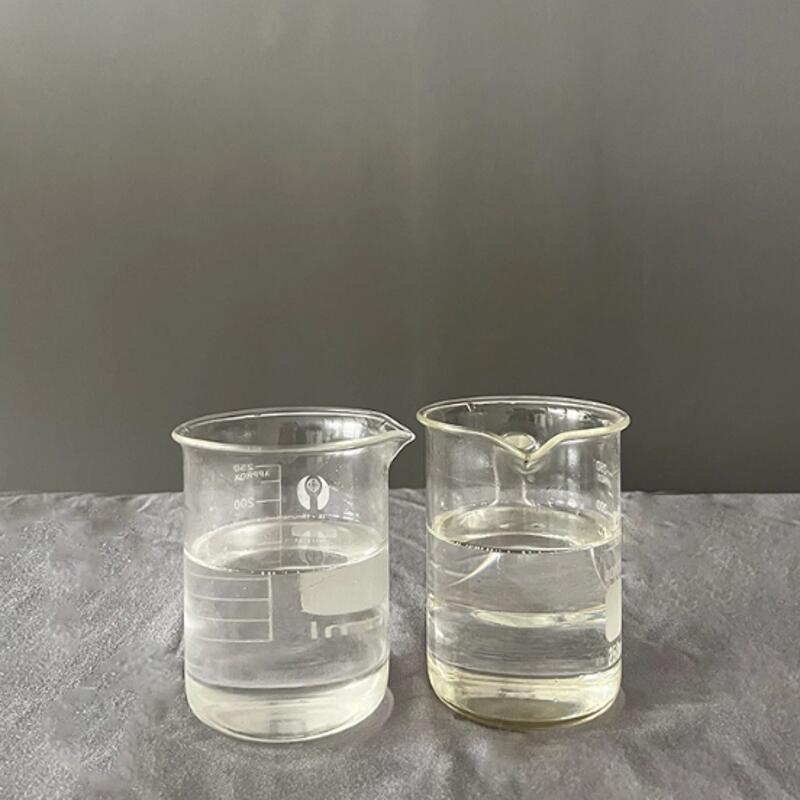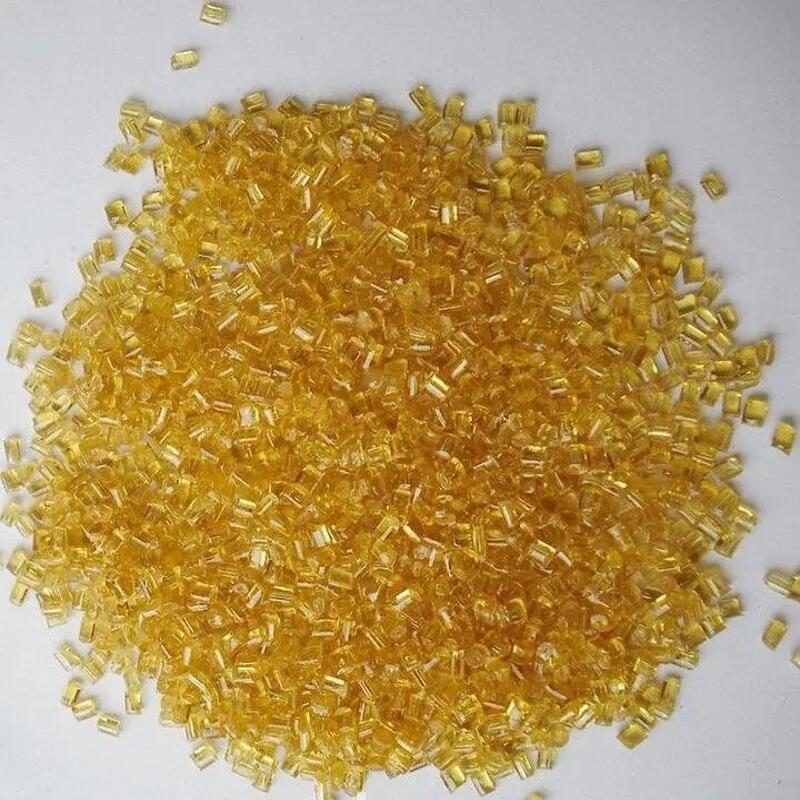-
Categories
-
Pharmaceutical Intermediates
-
Active Pharmaceutical Ingredients
-
Food Additives
- Industrial Coatings
- Agrochemicals
- Dyes and Pigments
- Surfactant
- Flavors and Fragrances
- Chemical Reagents
- Catalyst and Auxiliary
- Natural Products
- Inorganic Chemistry
-
Organic Chemistry
-
Biochemical Engineering
- Analytical Chemistry
-
Cosmetic Ingredient
- Water Treatment Chemical
-
Pharmaceutical Intermediates
Promotion
ECHEMI Mall
Wholesale
Weekly Price
Exhibition
News
-
Trade Service
In the burgeoning automotive, radio, and power industries, plastics are made into plugs, sockets, radio and telephone housings, propellers, valves, gears, pipes, and everything else
.
However, the rapid development of plastics has also brought about a series of social problems caused by waste plastics that people do not want to see
.
Recently, the team of Professor Yanqin Wang from the School of Chemistry and Molecular Engineering of East China University of Science and Technology has made breakthrough progress in the field of circular economy: catalytic conversion of waste plastics.
", published in the international journal Angew.
Chem.
Int.
Ed.
(doi.
org/10.
1002/anie.
202011063)
.
In plastic products, aromatic plastics such as PET, PS, PC, PPO, etc.
are all formed by linking aromatic monomers through CO and/or CC, while aromatic monomers are petroleum-based aromatic hydrocarbons obtained through functionalization
.
From the perspective of activation and cleavage of chemical bonds, the team of Prof.
Yanqin Wang used a multifunctional Ru/Nb2O5 catalyst to realize the selective cleavage of CO or/and CC bonds in waste aromatic plastics for the first time to prepare aromatic hydrocarbons
.







